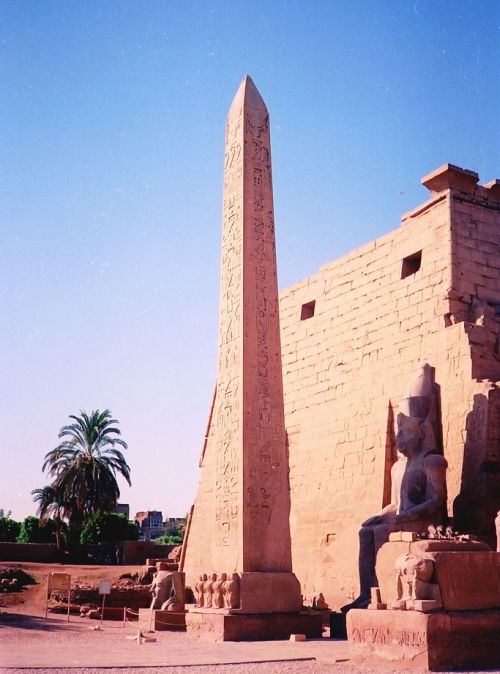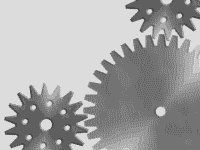History
In the distant past, the only means to measure time were astronomical events, such as movements of the sun and moon. The use of the sundial and similar instruments dates back to at least 3500 BC.

In Egypt, obelisks like this at Luxor one were used to measure the movements of the sun, and even identify the summer and winter solstices, just by measuring the shadow.

In the 15th century, the earliest spring powered clocks were invented, using gear ratios and complex escapements to regulate the speed at which the hands would move. Over a century of innovation, clocks were made which lost as little as a minute of accuracy a day, and for the first time, clocks could be used to measure the movements of the heavens, instead of the other way around.
The earliest mechanical clocks to include a measurement of seconds date back to the 1500s, but it was not until 1644 that the French mathematician Marin Mersenne calculated the length a pendulum must be to have a period of 2 seconds, allowing it to trigger one "tick" of the clock each time it swung past center. According to the following equation, the pendulum must be 99.3 cm, or 39.1 inches:

A pendulum nearly a meter in length necessitated a fairly large case, leading to the widespread creation of longcase, or grandfather, clocks. Pendulum clocks and hairspring clocks, which used a spring oscillating wheel instead of a pendulum, stood as the most accurate timepieces in the world until the invention of electric clocks.
Previous Next